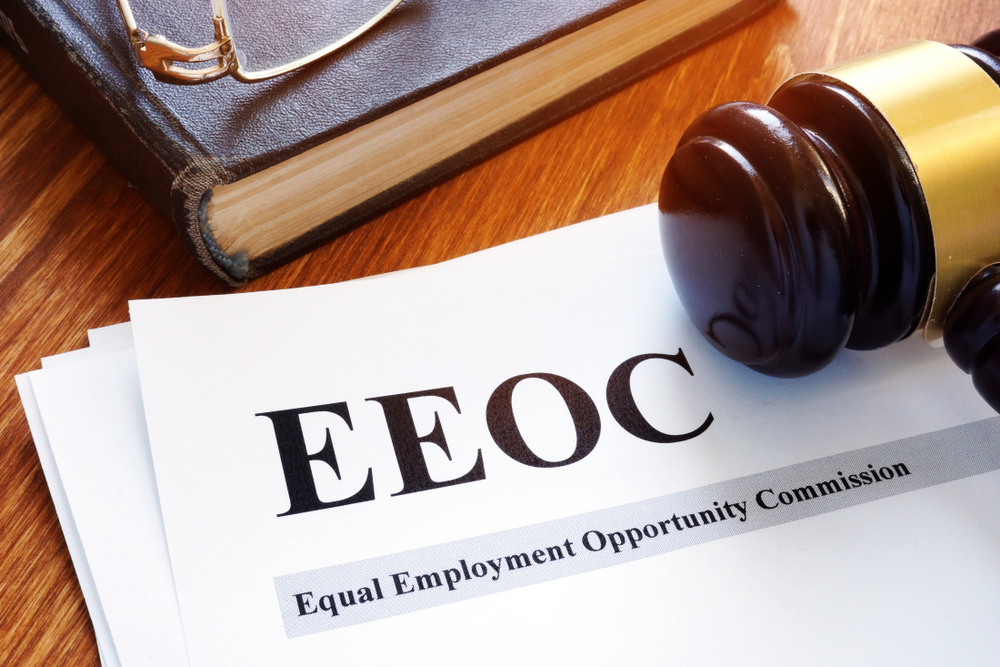Proposed EEOC Harassment Enforcement Guidelines Broaden Employee Protections

The Equal Employment Opportunity Commission (EEOC) recently released proposed workplace harassment guidelines for the first time since the turn of the century. The guidance provides clarity about several hot-button topics relevant to employers, including harassment based on LGBTQ+ status, harassment based on reproductive decisions, and harassment in remote settings. While the guidance is not yet final, employers should be aware of potential changes that may need to be incorporated into their employment policies and employee training programs.
LGBTQ+ Harassment
In 2020, the U.S. Supreme Court held in Bostock v. Clayton County that Title VII of the 1964 Civil Rights Act encompasses both sexual orientation and gender identity. The proposed guidelines provide examples of specific acts that constitute harassment based on orientation and/or gender identity. For example, the following acts are impermissible: epithets regarding sexual orientation and gender identity, harassment because an individual does not present in a manner stereotypically associated with that person’s gender, misgendering (intentionally and repeatedly using pronouns inconsistent with the individual’s gender identity), and denying access to a bathroom consistent with the individual’s gender identity.
Harassment Based on Reproductive Decisions
Previous guidance already made clear that Title VII protected employees from harassment based on pregnancy, childbirth, or related medical conditions. New to the guidelines is an explicit prohibition of harassment based on a woman’s reproductive decisions, such as decisions about contraception or abortion.
Harassment in Remote Settings
The COVID-19 pandemic reshaped work, leading many employers to increasingly adopt a flexible approach to where and how work gets done. However, hybrid and/or remote approaches often blur the lines between an employee’s work and personal life, potentially extending the realm of liability for employers. The proposed guidelines make clear that the virtual workplace is the workplace. Conduct occurs within the work environment if it is conveyed using work-related communications systems, accounts, or platforms, such as an employer’s email system, electronic bulletin board, instant message system, videoconferencing technology, intranet, public website, or official social media accounts.
The proposed guidance also clarifies that an employer may be liable for conduct that occurs in a non-work-related context that impacts the workplace. An inappropriate off-hours text message or social media post between a supervisor and an employee can be considered harassment if there is an impact on work.
Next Steps for Employers
Importantly, the guidance is not final. The EEOC is accepting public comments through the end of October 2023. If the guidance is approved and finalized, employers will need to review their employment policies including updating their employee handbooks and complaint policies and procedures. In addition, sexual harassment training programs will need to be revised for all employees with additional training for supervisors on how to recognize and report instances of harassment. Notably, the final guidance will supersede many prior guidance documents issued in recent decades, so it is important to review it carefully.
Please feel free to reach out to any of our employment law attorneys if you have any questions or would like our assistance in complying with the EEOC’s new proposed guidance.
